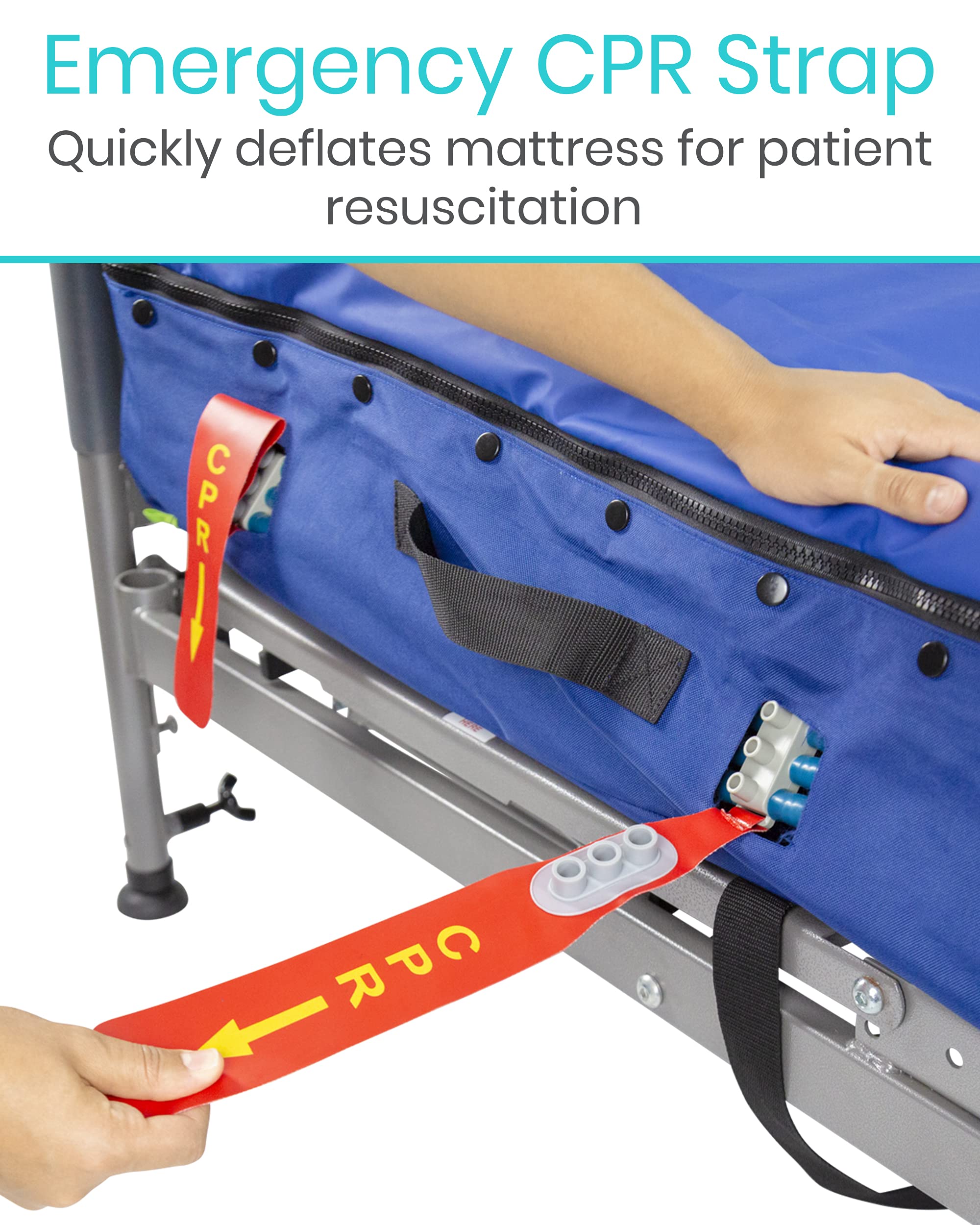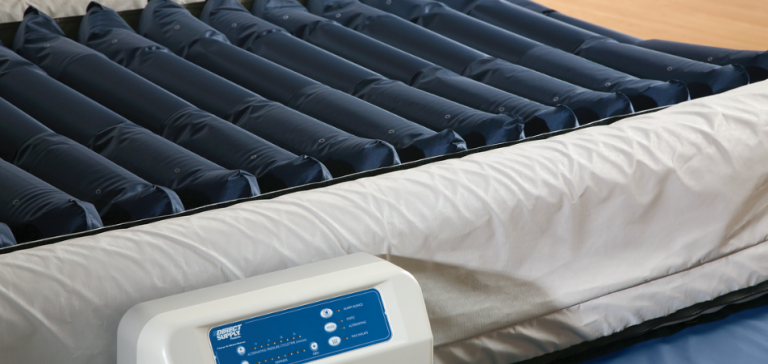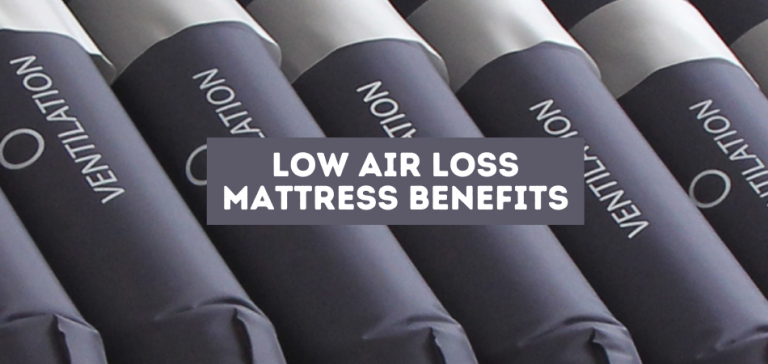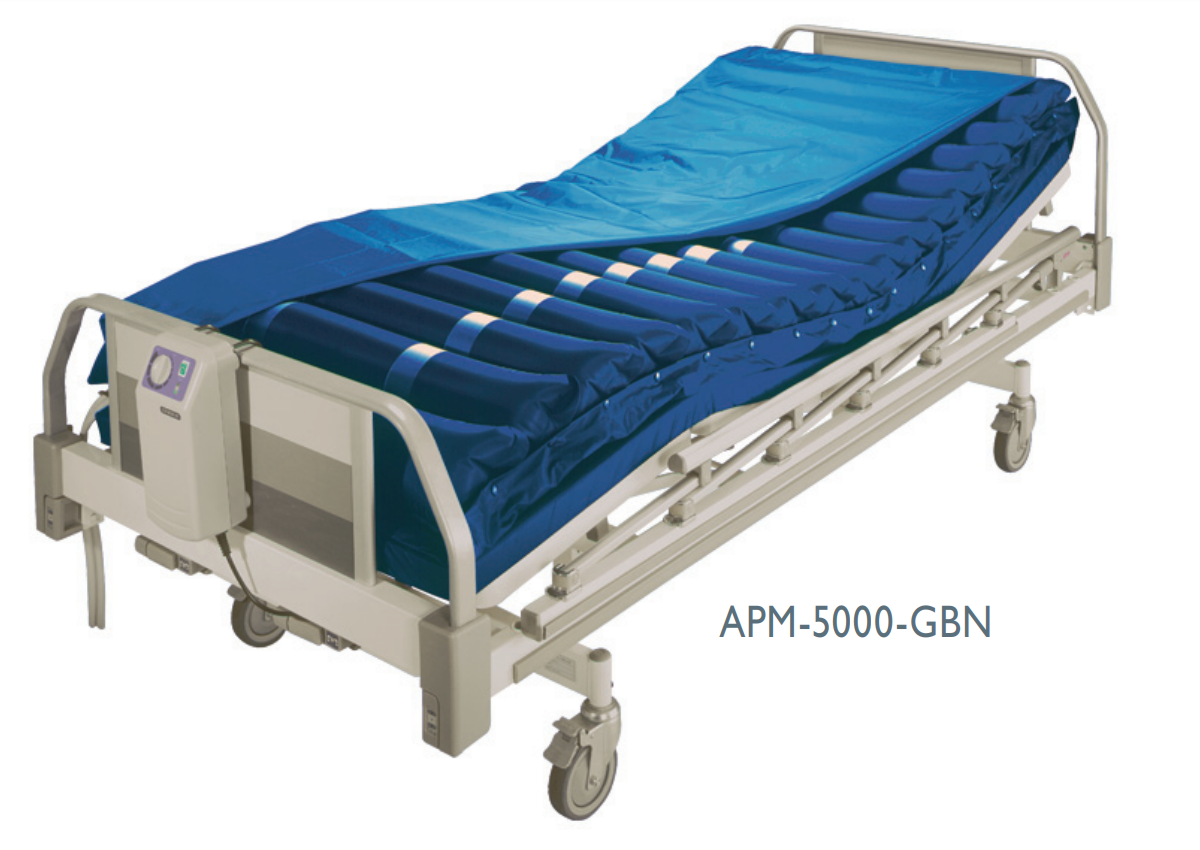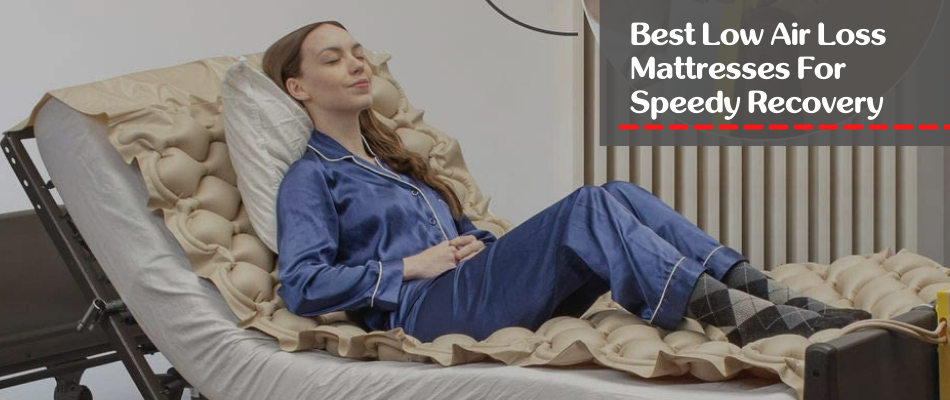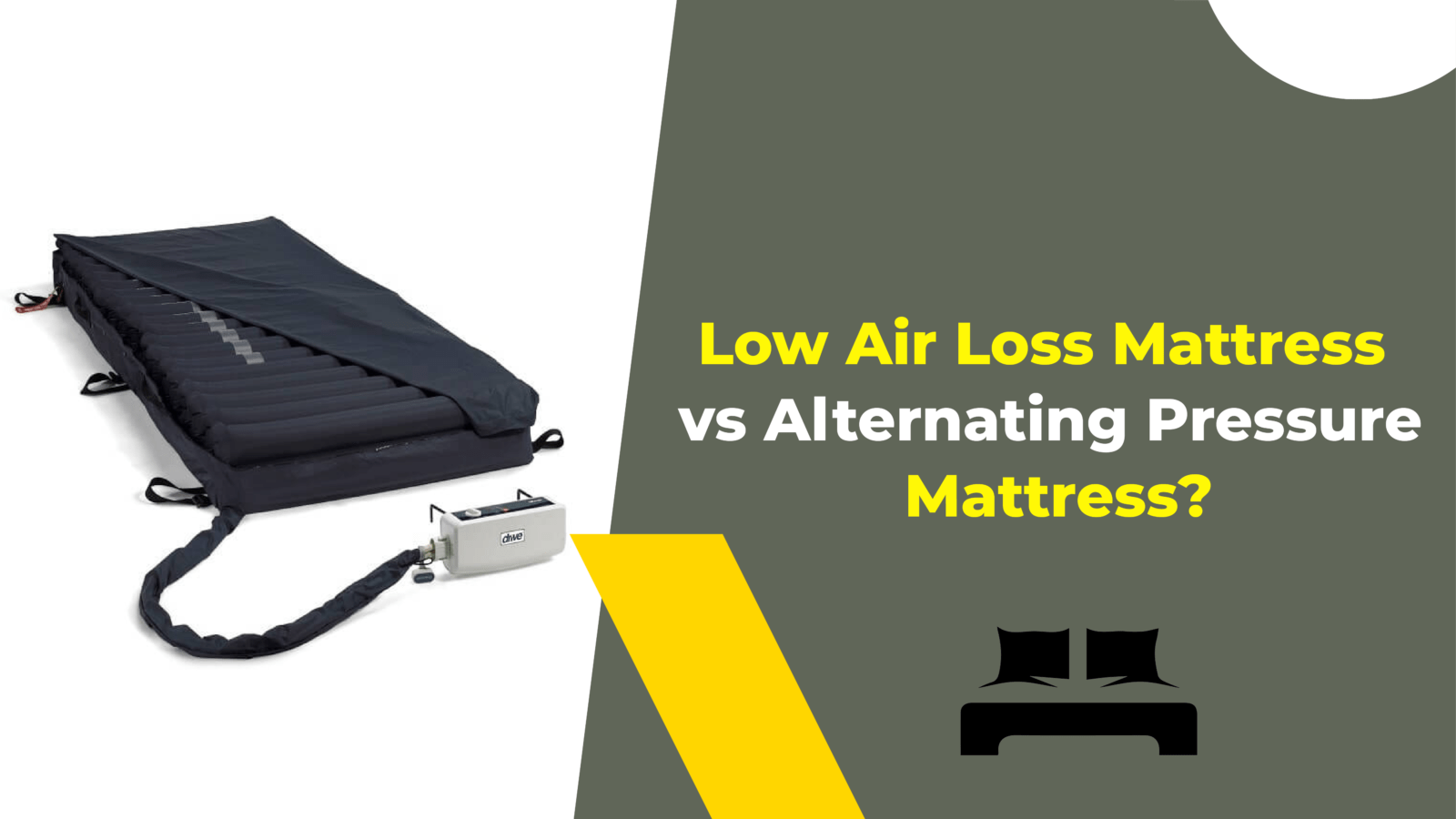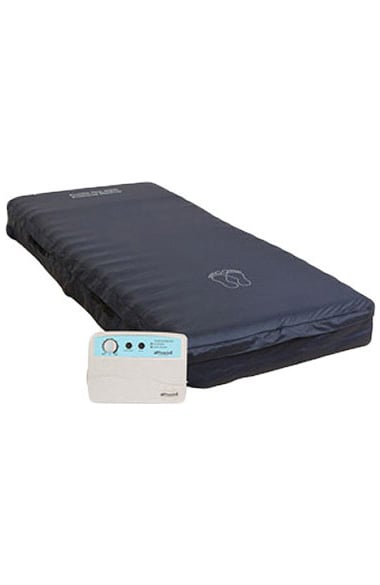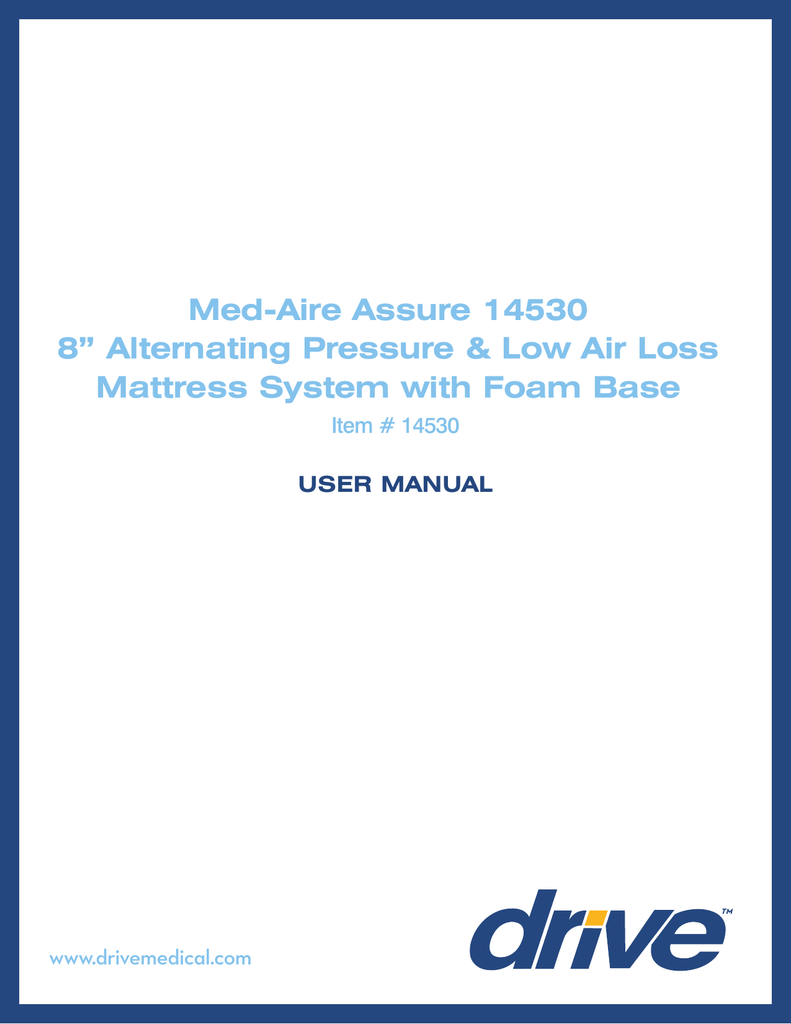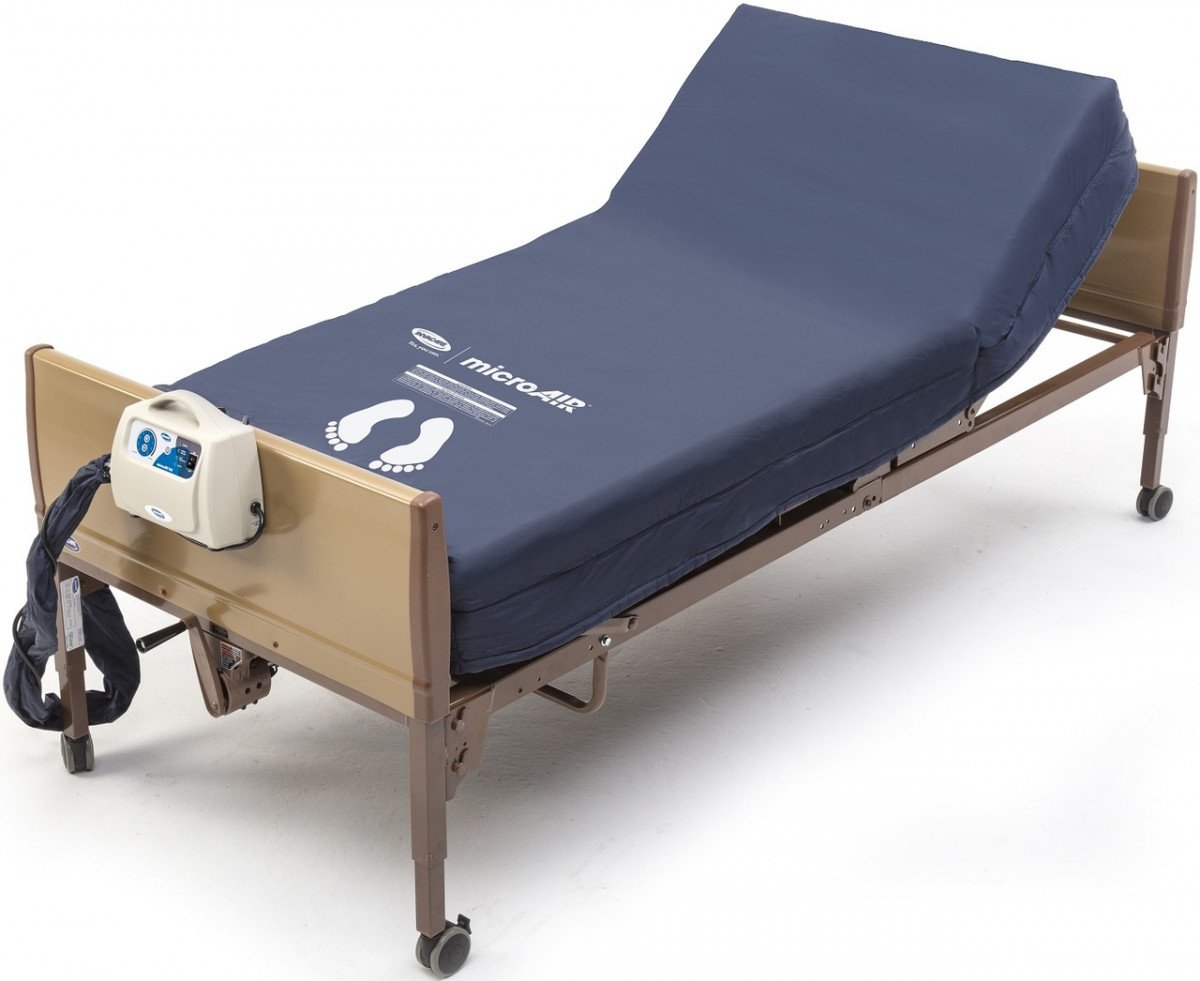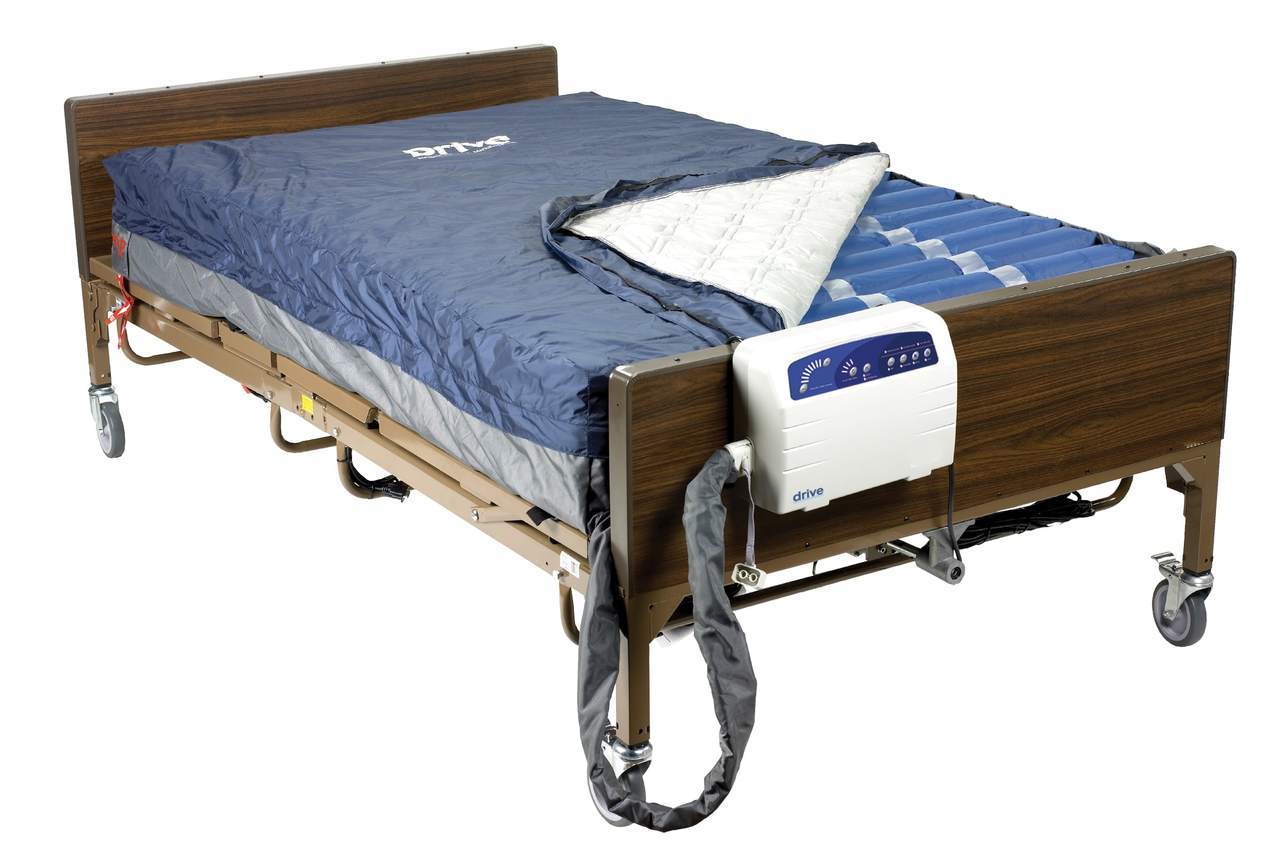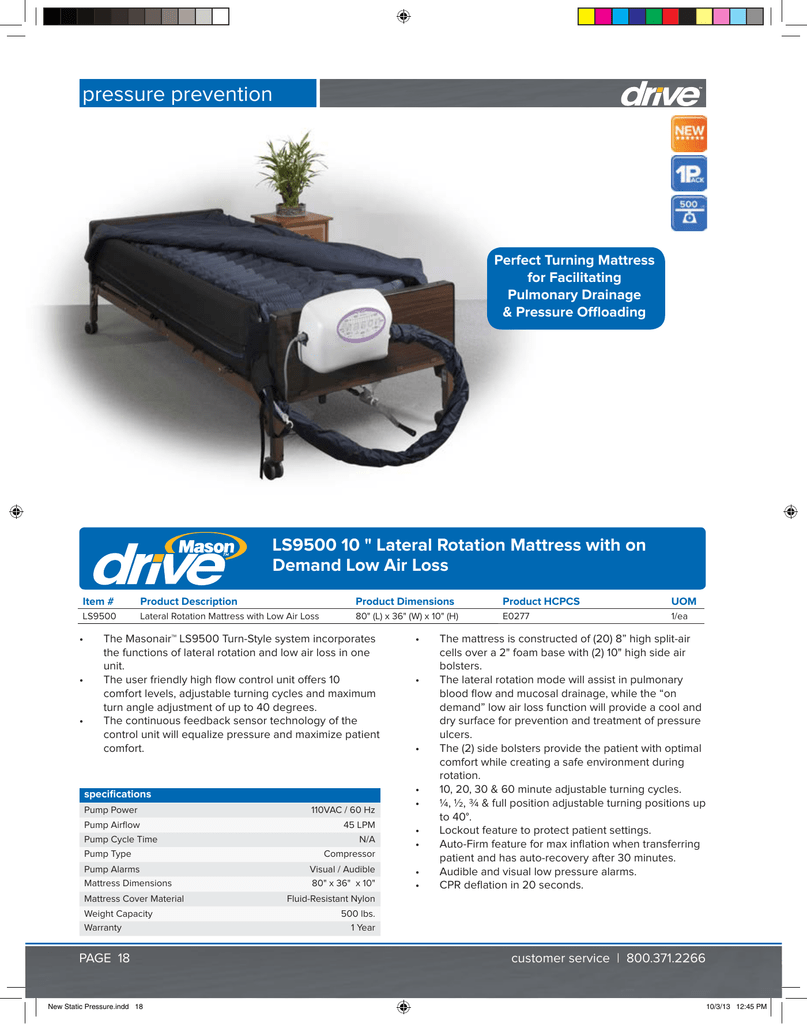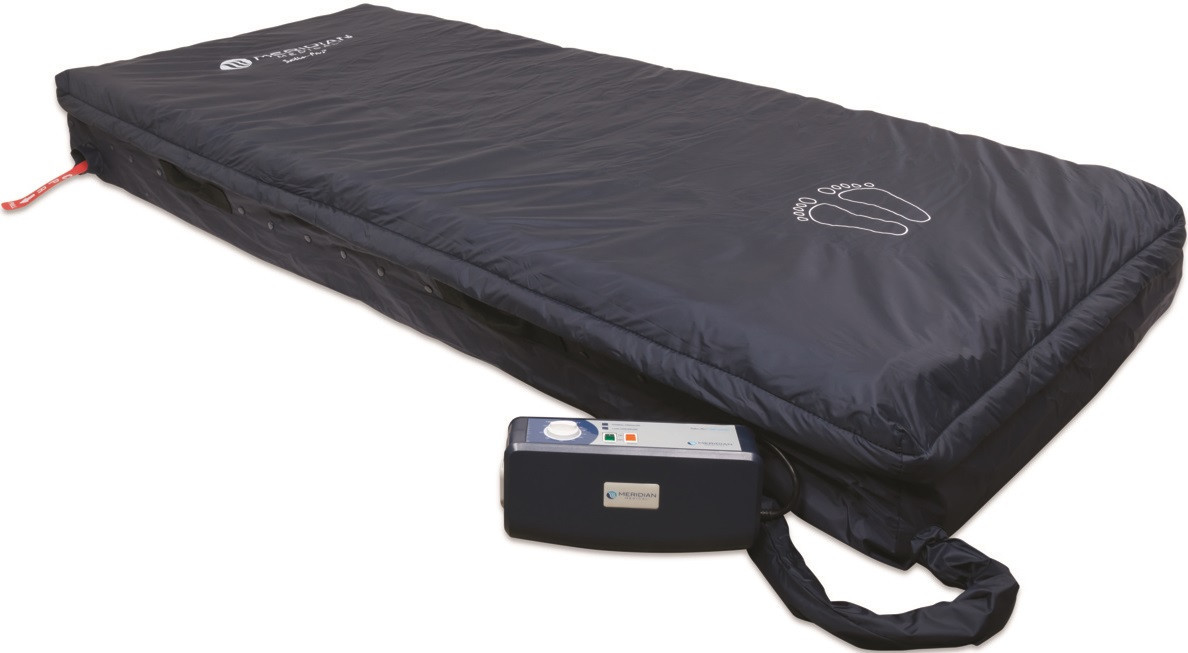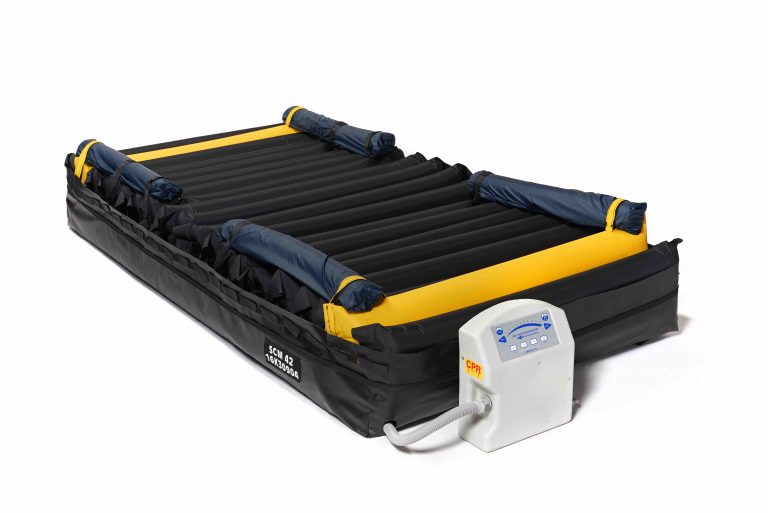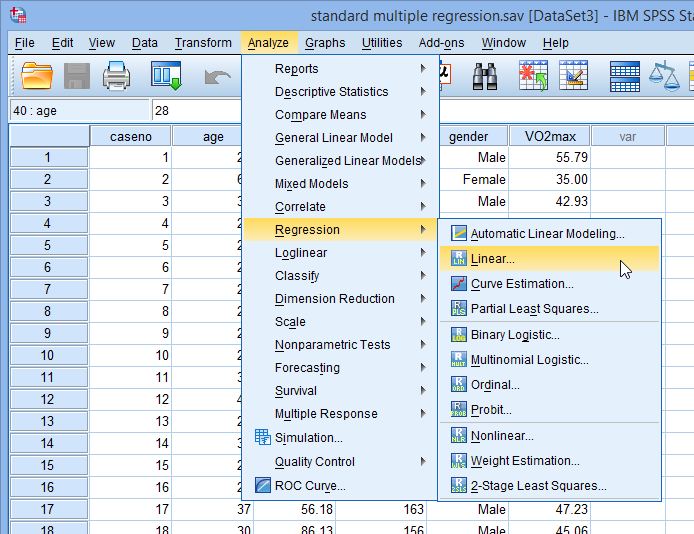How to Troubleshoot a Low Air Loss Mattress
If you are experiencing issues with your low air loss mattress, don't panic. There are several common problems that can occur with these mattresses, but most of them can be easily fixed with a little troubleshooting. In this article, we will discuss the top 10 main low air loss mattress troubleshoots and how to solve them.
Common Issues with Low Air Loss Mattresses
Before we dive into specific troubleshooting tips, let's first take a look at some of the common issues that can arise with low air loss mattresses. These mattresses are designed to provide pressure relief and prevent bedsores, but they can also have their own set of problems. Some of the most common issues include:
Low Air Loss Mattress Not Inflating
If your low air loss mattress is not inflating properly, the first thing you should check is the air supply. Make sure the air pump is turned on and connected properly to the mattress. If it is, then check the air filters to see if they are clogged or dirty. Clean or replace them if necessary. If the air pump is working properly and the filters are clean, then there may be an issue with the air chambers or valves. In this case, it is best to contact the manufacturer for further assistance.
Low Air Loss Mattress Not Deflating
On the other hand, if your low air loss mattress is not deflating as it should, check the air release valve to make sure it is not stuck or clogged. If it is, try cleaning it with a small brush or toothpick. If the valve is not the issue, then there may be a problem with the air pump or the control panel. Again, contacting the manufacturer is the best course of action in this situation.
Low Air Loss Mattress Making Noise
It is normal for low air loss mattresses to make some noise while in use, but if the noise becomes excessive or unusual, it could be a sign of a problem. First, check the air filters and make sure they are clean. If the noise persists, there may be an issue with the air pump or the air chambers. In some cases, the noise could also be caused by a loose or damaged part, so it is best to have a professional take a look at the mattress.
Low Air Loss Mattress Not Providing Adequate Pressure Relief
If your low air loss mattress is not providing the pressure relief it is supposed to, there could be several reasons for this. First, check the air pressure settings to make sure they are set correctly. If they are, then the air chambers or valves may be malfunctioning. It is also important to regularly check the condition of the mattress cover and replace it if it's worn or damaged. If none of these solutions work, contact the manufacturer for further assistance.
Low Air Loss Mattress Leaking Air
If you notice your low air loss mattress is losing air, the first thing to check is the air chambers and valves. Make sure they are securely connected and not damaged. If they are fine, then there could be a puncture or tear in the mattress cover. Inspect the cover thoroughly and patch or replace it if necessary. If the issue persists, there may be a problem with the air pump or the control panel, and it's best to seek professional help.
Low Air Loss Mattress Control Panel Not Working
The control panel is the brain of your low air loss mattress, and if it's not working properly, the whole mattress may be affected. Check the power supply and make sure it is connected properly. If it is, but the control panel is still not responding, there may be an issue with the wiring or the control panel itself. In this case, it is best to contact the manufacturer for assistance.
Low Air Loss Mattress Power Cord Issues
If your low air loss mattress is not turning on or functioning properly, the power cord may be the culprit. Check for any visible damage to the cord and make sure it is plugged in correctly. If there is no visible damage, it is possible that the cord may be faulty and needs to be replaced. Contact the manufacturer for a replacement cord.
Low Air Loss Mattress Replacement Parts
Over time, the components of a low air loss mattress may need to be replaced. If you need to replace any parts, it is important to use the correct replacement parts from the manufacturer. Using incorrect or incompatible parts can affect the performance of your mattress and may even void the warranty. Contact the manufacturer for guidance on finding and purchasing the correct replacement parts.
How a Low Air Loss Mattress Can Improve Your Sleep and Overall Health
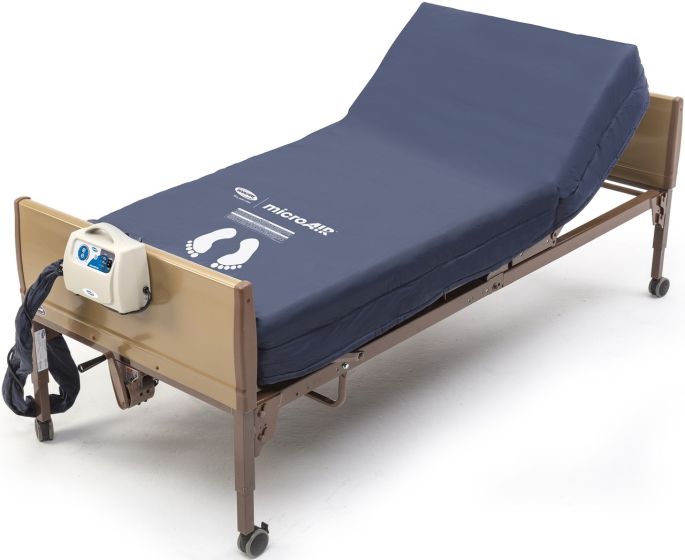
The Importance of Quality Sleep
 Quality sleep is essential for maintaining good physical and mental health. However, many people struggle with getting a good night's rest due to various factors, such as stress, discomfort, and medical conditions. This is where a low air loss mattress can make a significant difference.
Quality sleep is essential for maintaining good physical and mental health. However, many people struggle with getting a good night's rest due to various factors, such as stress, discomfort, and medical conditions. This is where a low air loss mattress can make a significant difference.
What is a Low Air Loss Mattress?
 A low air loss mattress is a type of therapeutic mattress designed to support and improve sleep for individuals with medical conditions or those who struggle with discomfort while sleeping. It is made up of multiple air chambers that can be adjusted to distribute weight evenly and reduce pressure points on the body.
A low air loss mattress is a type of therapeutic mattress designed to support and improve sleep for individuals with medical conditions or those who struggle with discomfort while sleeping. It is made up of multiple air chambers that can be adjusted to distribute weight evenly and reduce pressure points on the body.
The Benefits of a Low Air Loss Mattress
 One of the main benefits of a low air loss mattress is its ability to reduce pressure ulcers and bedsores. The constant flow of air through the mattress helps to keep the skin dry and reduces friction, which can lead to painful sores. This can be especially beneficial for individuals who are bedridden or have limited mobility.
Moreover, a low air loss mattress can also improve blood circulation by evenly distributing body weight. This can alleviate pain and discomfort in the joints and muscles, making it an ideal choice for those with conditions such as arthritis or fibromyalgia.
One of the main benefits of a low air loss mattress is its ability to reduce pressure ulcers and bedsores. The constant flow of air through the mattress helps to keep the skin dry and reduces friction, which can lead to painful sores. This can be especially beneficial for individuals who are bedridden or have limited mobility.
Moreover, a low air loss mattress can also improve blood circulation by evenly distributing body weight. This can alleviate pain and discomfort in the joints and muscles, making it an ideal choice for those with conditions such as arthritis or fibromyalgia.
Troubleshooting Common Issues with Low Air Loss Mattresses
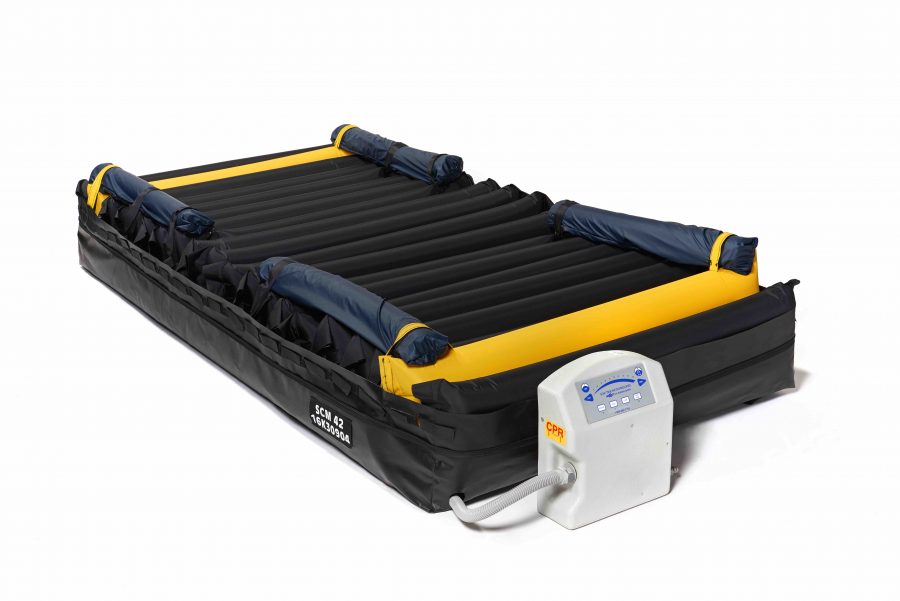 While low air loss mattresses are designed to provide maximum comfort, there may be some issues that arise. One common problem is a loss of air pressure, which can make the mattress feel too firm or uncomfortable. In most cases, this can be easily fixed by checking for any air leaks and ensuring proper inflation.
Another issue is the buildup of moisture on the mattress, which can result in unpleasant odors and potential mold growth. To prevent this, it is essential to regularly clean and dry the mattress and use moisture-wicking sheets.
While low air loss mattresses are designed to provide maximum comfort, there may be some issues that arise. One common problem is a loss of air pressure, which can make the mattress feel too firm or uncomfortable. In most cases, this can be easily fixed by checking for any air leaks and ensuring proper inflation.
Another issue is the buildup of moisture on the mattress, which can result in unpleasant odors and potential mold growth. To prevent this, it is essential to regularly clean and dry the mattress and use moisture-wicking sheets.
Conclusion
 In conclusion, a low air loss mattress can be a game-changer for those struggling with discomfort and medical conditions affecting their sleep. With its numerous benefits and the ability to troubleshoot common issues, it is a wise investment for improving both sleep quality and overall health. So why wait? Invest in a low air loss mattress today and start experiencing the difference in your sleep and well-being.
In conclusion, a low air loss mattress can be a game-changer for those struggling with discomfort and medical conditions affecting their sleep. With its numerous benefits and the ability to troubleshoot common issues, it is a wise investment for improving both sleep quality and overall health. So why wait? Invest in a low air loss mattress today and start experiencing the difference in your sleep and well-being.


